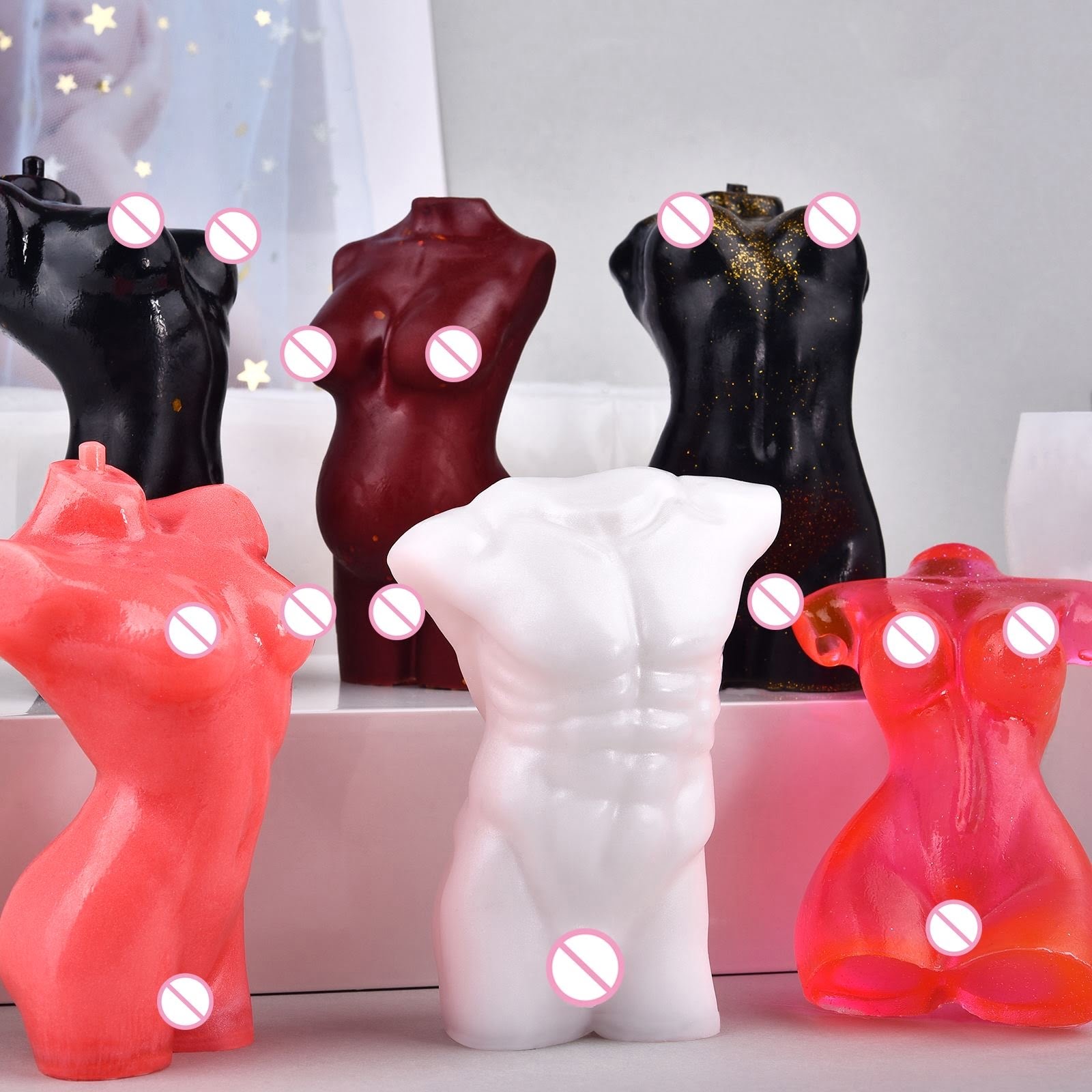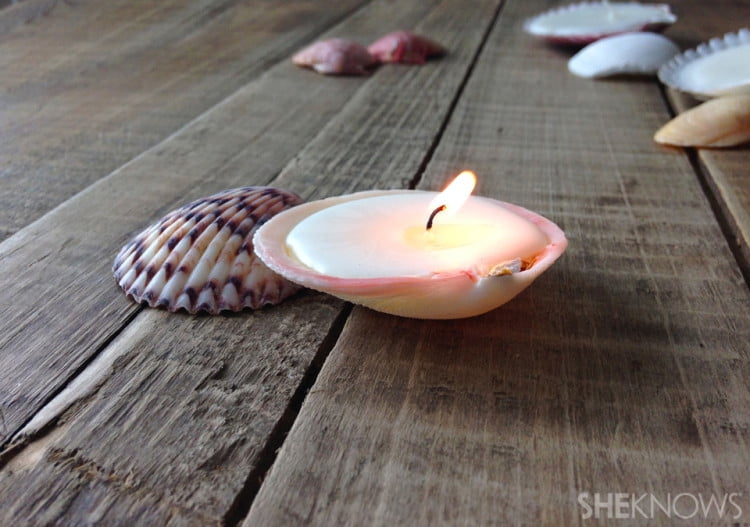Introduction to Flash Point in Candle Making
Flash point in candle making is the temperature at which a candle’s material will ignite and start to burn. It is an important factor because knowing the flash point of the materials used in a given candle can be crucial for safety. If a candle’s material has a high flash point, it means that it can burn at higher temperatures, making ignition less likely. On the other hand, if a material has a low flash point, it may ignite under more common conditions such as slight heat or movement around the area of burning.
The use of flash point in candle making can be dated back to centuries ago when candles were made using tallow (animal fat) with its flammable substances like oils and fats as well as wicks made from wood, or cotton consisting of flammable fibers. Due to these materials having low flash points, it was necessary to be extremely careful when lighting and burning candles ” meaning that certain techniques such as shielding candles with metal containers were employed so that they wouldn’t set off any nearby combustible items. This requirement of caution continued up until today when synthetic waxes have become available which have much higher flash points and significantly reduce the risk associated with traditional methods used in vintage candle making.
Analyzing the Chemistry of Candle Flash Point
The flash point of a candle is one of the many characteristics used to determine its quality and performance. It is temperature at which the wax combusts, or catches fire, and is measured in degrees Celsius. The higher the flash point, the slower it will burn and therefore increases its overall burn time and thermal efficiency. This is an important factor, particularly when working with candles that contain a high percentage of aromatic oils, making them susceptible to rapid combustion.
Factors such as moisture content, wax structure, percentage of additives or fragrances play a role in determining the flash point. Generally speaking, beeswax has a higher melting point than paraffin wax due to its contents of free fatty acids and esters which often contribute towards stabilizing the combustibility of any other waxes that are mixed into the blend. Furthermore, when burning essential oils within a blend, this can help raise the fuels boiling point in addition to providing natural aroma’s that are released when deviated from heat sources.
Finally, some companies have process called “flashpoint tuning” to identify levels which maximizes their products safety ratings while maintaining desirable burn times. This measure is taken by monitoring temperatures conveyed from digital data-loggers attached internally to each candle during production cycles helping program where different batches and types will reach peak heated conditions before being released for consumer use.
Advantages and Disadvantages of Flash Point
Advantages of having a high Flash Point:
Candle makers that use materials with high flash points reduce the risk of fires caused by candles. High flash points indicate that the material must be exposed to higher heat before it ignites and allows for a safer wax to use in candle making.
Disadvantages of having a low Flash Point: A low flash point indicates that the material is more flammable, therefore it is more likely to ignite at lower temperatures. This increases the fire hazard associated with candle making and may require more safety measures to ensure the candles are used safely within their given environment. Low flash points can also make wax softens quickly when exposed to moderate heat, which makes it difficult for candle makers to work with as it tends to lose its shape too easily.
Examining Temperature Measurement and Flash Point
The Flash Point in candle making is the temperature at which the vapor of a flammable liquid produces enough vapors to come into contact with an ignition source and create a flame. The flash point of waxes varies based on their composition, but typically lies between 300-600°F. Generally speaking, it is safe to say that any temperature exceeding 500°F may cause combustion of the wax.
When measuring the Flash Point, temperatures are usually recorded in either Fahrenheit (°F) or Celsius (°C) depending upon preference and culture. The Flash Point can also be measured in Kelvin (K) which does not have negative values and can provide exact measurements due to its extended range and accuracy when compared to Fahrenheit or Celsius.
Safety is a key concern when considering Flash Point as overly high temperatures can be dangerous for both personnel and property. Temperatures used for achieving a low Flash Point should not exceed 500°F or 260°C if at all possible. Understanding how to work with lighting flammable materials within a proper range is therefore essential for safe candle making practices.
Exploring DIY Candle Making Flash Point
The flash point in candle making is one of the most important aspects of the craft. It refers to the temperature at which a particular wax mixture will begin to smoke. The higher the flash point, the lower the risk of having an unsafe candle with soot or smoke buildup. When comparing different types of waxes, you’ll want to make sure they have a higher flash point like soy and beeswax ” these are great choices for safety and quality. To measure a candle’s flashpoint, you’ll need an open-cup apparatus or equipment for measuring temperatures similar to what firefighters use. Place a few cubes of wax in it then question until completely molten as you increase the temperature incrementally. Once your desired measurement is achieved, record and note it down to reference when making similar candles recipes later on. Additionally, cooling techniques and additives can be used to adjust your candles’ melting points, either increasing or decreasing them as needed! Many experienced makers also recommend use of thermometers at all times during setup to ensure precise temperatures are maintained for the duration of production.
Commonly Used Candle Wax Materials
When it comes to candle making, there are various materials used in the process, each with its own unique properties and Flash Points. One of the most common types of wax used in candle making is paraffin wax, which is characterised by its strong fragrance retention, good molding and excellent adhesion to wicks. Paraffin wax has a Flash Point between 250-450°F and is ideal for use in container candles or votives as it sets quickly and provides a bright and clean finish.
Another popular option for candle makers is soy wax, which is made from hydrogenated soybean oil. Soy wax gives a softer feel than other waxes, making it perfect for creating massage candles or aromatherapy candles as it helps moisturize the skin. Soy wax has a flash point of 145°F which is lower than many other types of wax so care must be taken when melting.
A third type of wax often used in candle making is beeswax, best known for its golden colour when melted. Beeswax boasts anti-inflammatory properties that make it popular among individuals looking to make medicated or aromatic candles. Its Flash Point is consistently higher than most other forms of wax at approximately 220°F ” 250°F causing beeswax to have excellent resistance to fire hazards.
Finally, vegetable based palm oils can also be used in candle making to create soaps or potential edible candles due to their lack of scent and smooth texture when melted down due to its neutralFlash Point at roughly 300˚F-400˚F (the highest temperature before combustion).
Utilizing Flame Retardants in Candle Making
The flash point in candle making is the temperature at which wax combines with extra molecules of heat to create a visible flame. Increasing the flash point of a candle can help reduce potential hazards that could occur if that candle were to catch fire. Adding flame retardants to candles will, in effect, raise their flash point – making it more difficult for the wick and wax to form a flame. This is why many people opt to use flame retardants when making or purchasing candles, as they provide an additional layer of safety.
Flame retardants are commonly added either during or after the production process, depending on their type and what the desired effects are. Some common compounds used as retardants include aluminium chloride, melamine borate and phosphate-based materials. These chemicals interact with the wax molecules, forming an insulation-like layer around them which reduces ambient temperatures several degrees below their flash points. Additionally, these retardants can encourage slower burning and earlier extinguishing times than those without them – giving more control and time for action should an emergency arise.
Conclusion
At its core, Flash Point in candle making is a safety measure that measures the lowest temperature at which an ignitable liquid will produce enough vapor to ignite. Flash Points are important for candles because they provide an idea of when a candle may light on fire rather than just flame up. High flashpoints are the safest for candlemaking, as it means there are higher temperatures required before the candle wax ignites. Lower flash Points generally correspond to more volatile oils and should be used with extreme caution when adding scent to a candles. Some other key considerations related to candy making include proper ventilation, avoiding use of metal containers or using metal molds covered with ceramic wicks, and being aware of possible pollutants like smoke and soot. When dealing with any flammable materials while making candles, it is important to always work in a safe and well-ventilated area.

Welcome to my candle making blog! In this blog, I will be sharing my tips and tricks for making candles. I will also be sharing some of my favorite recipes.





